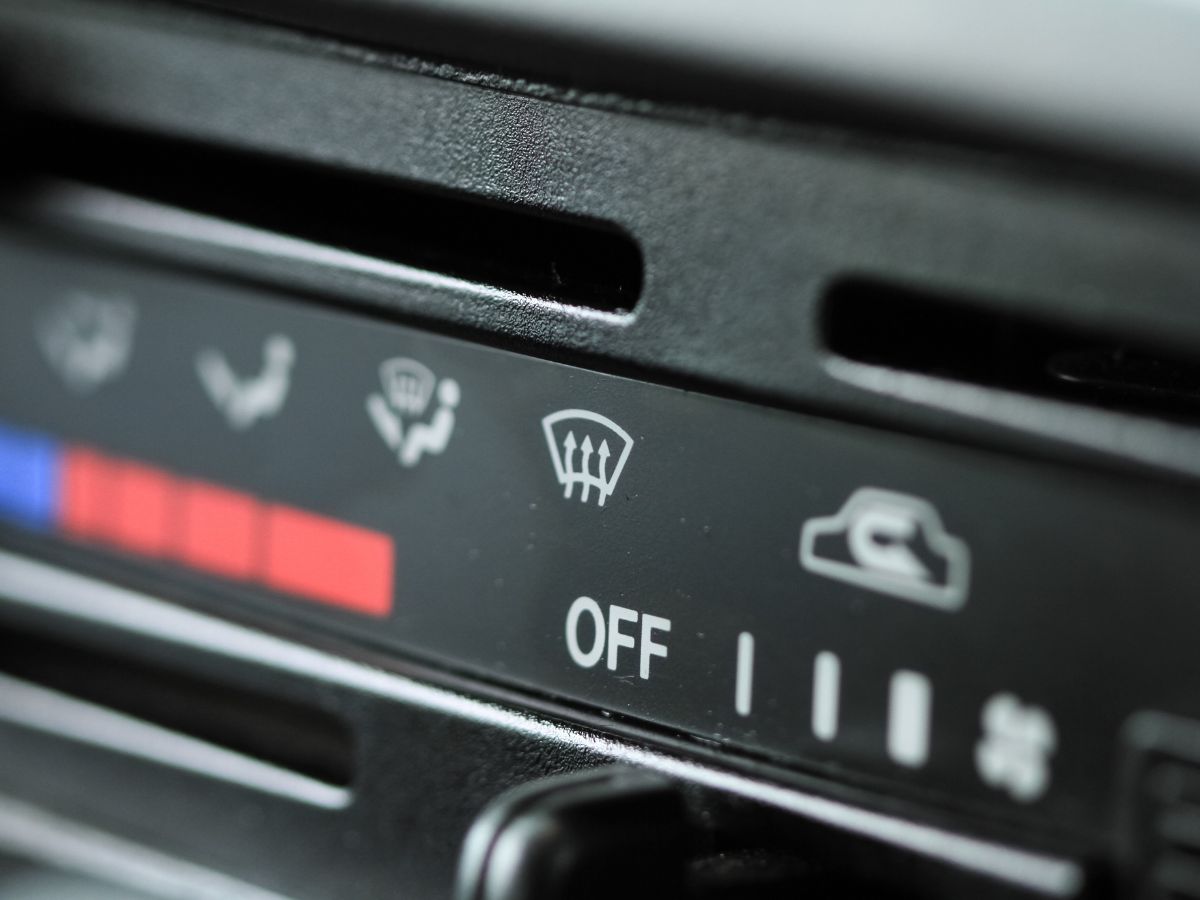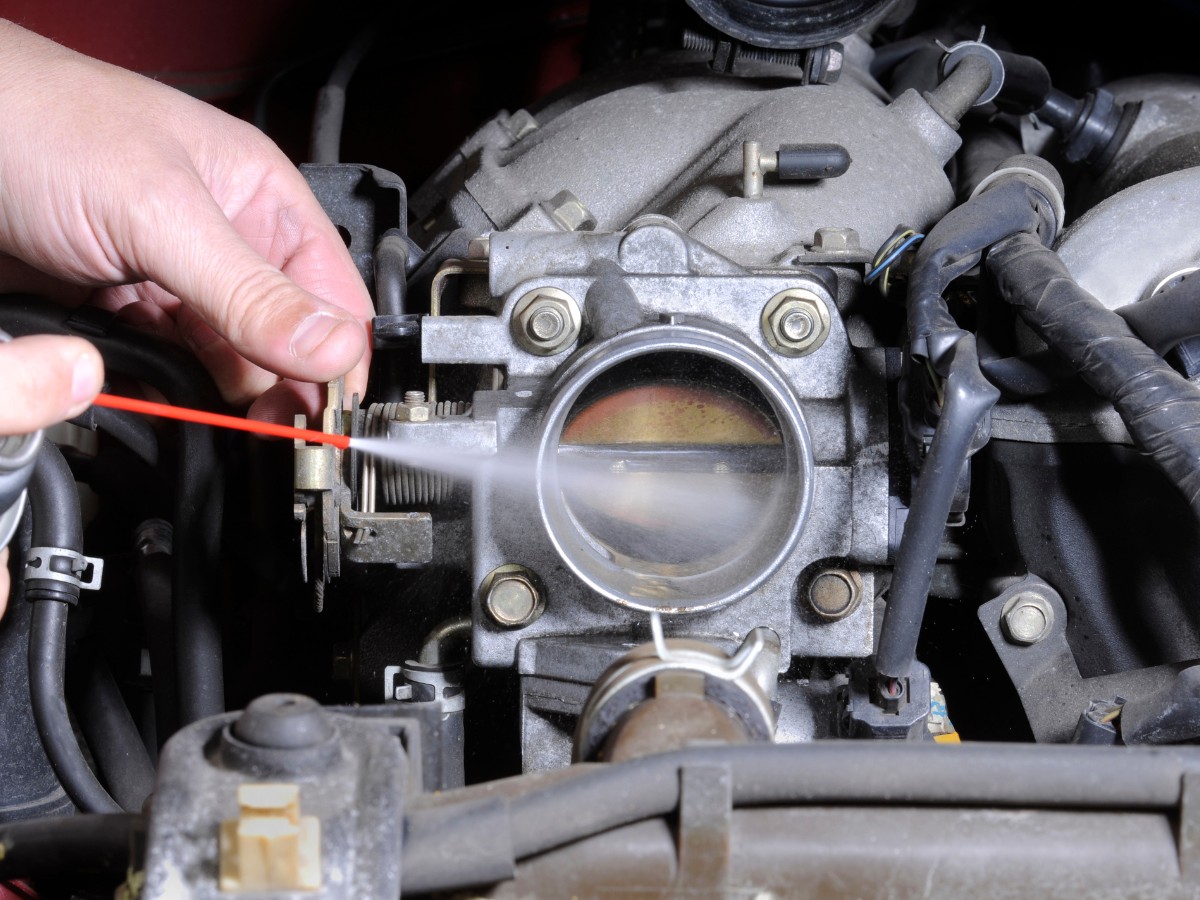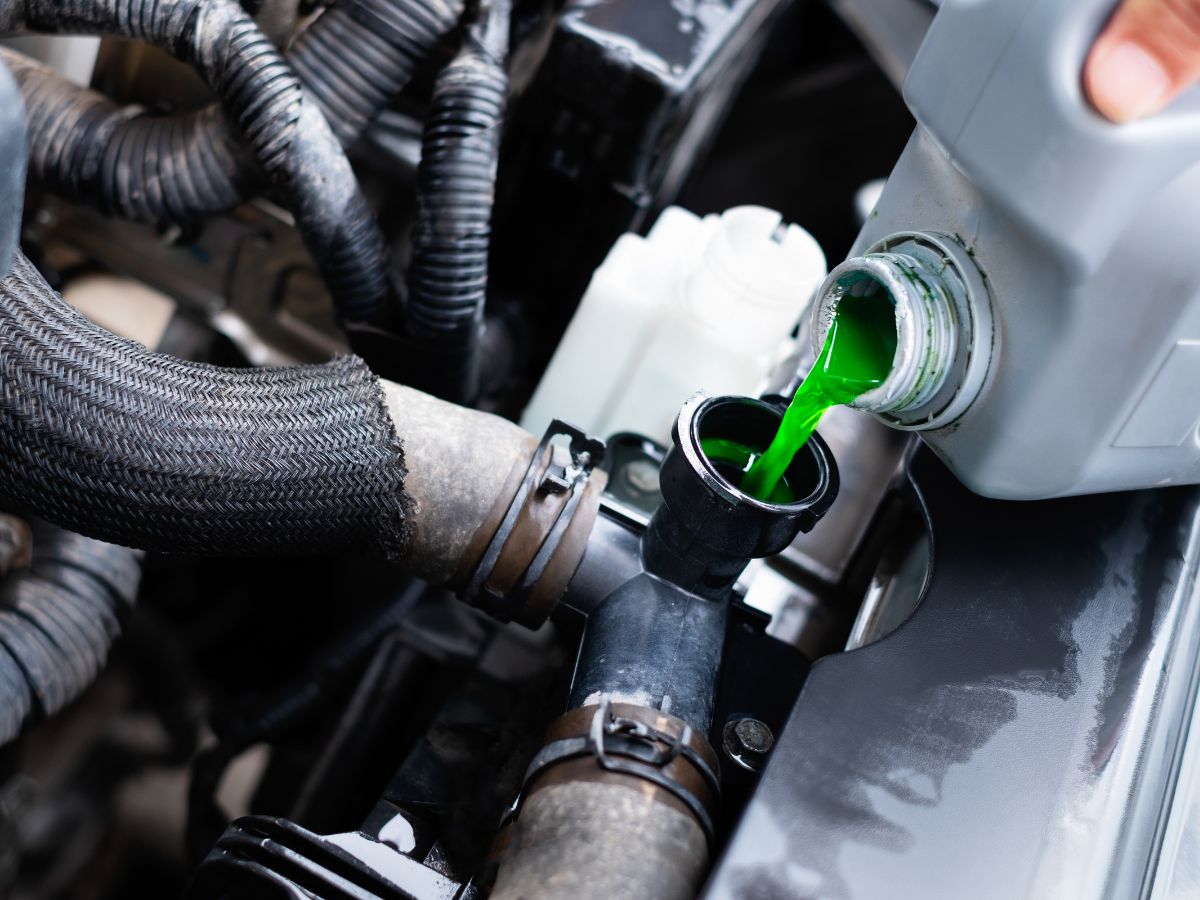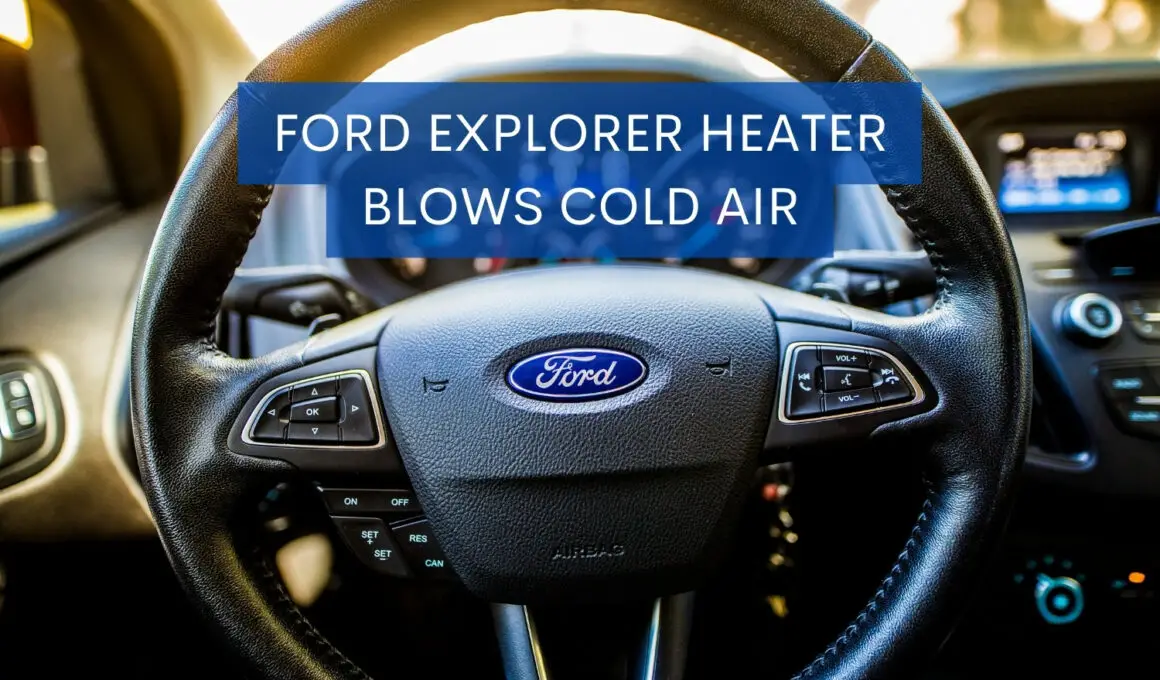In This Article Show
Today, I’ll focus on one of America’s favorite SUVs, the Ford Explorer. Known for its reliability and performance, the Ford Explorer has gained a lot of trust among drivers. However, like any other vehicle, it’s not immune to occasional issues.
One of the most common complaints I’ve encountered with this model is: the heater only blows cold air.
A well-operating heater isn’t merely a comfort feature—it’s an essential safety component that keeps your windows defrosted and the vehicle’s interior cozy.
If you’ve been shivering in your Ford Explorer, wondering why the heater seems to have given up on you, don’t worry. In this comprehensive guide, I will walk you through the possible causes and practical fixes of this issue.
Common Symptoms of a Malfunctioning Heater in a Ford Explorer
Identifying a heater problem in your Ford Explorer is the first crucial step towards resolving the issue. While it may seem apparent that the heater isn’t functioning correctly when it blows cold air, there are other telltale signs to watch out for that may suggest a heater problem.

1. Heater Only Blows Cold Air
The most clear-cut symptom, this happens when you turn on the heater and only cold air comes out, no matter how long you wait or how high you turn the heat.
2. Heater Takes Too Long to Warm Up
A properly functioning heating system in your Ford Explorer should start delivering warm air within a few minutes of the car running. If you find yourself waiting excessively for the heat to kick in, there could be an issue.
3. Inconsistent Heat Output
You’re driving along and the heater is working fine, but then it suddenly starts blowing cool air, or the heat output varies without changing the heater settings. This inconsistency can be a sign of a problem.
If your Ford Explorer is showing any of these symptoms, it’s time to do some investigating to find the root of the problem.
Main Reasons Why Your Ford Explorer Heater Blows Cold Air
In my 15 years of professional experience as a mechanic, I’ve diagnosed and fixed numerous vehicle heating issues, including the Ford Explorer.
Understanding the potential causes of a malfunctioning heater is key to pinpointing the issue and implementing the right fix. Let’s explore some of the most common reasons why your Ford Explorer heater may be blowing cold air:
1. Low Coolant Level
The heater in your Ford Explorer transfers heat from the engine’s coolant to warm the cabin. If the coolant level is low, there won’t be enough heat to transfer, resulting in the heater blowing cold air.
2. Malfunctioning Thermostat
The thermostat regulates the engine’s temperature by controlling the flow of coolant. If it’s stuck in the open position, it could cause the engine to run cool, resulting in a weak heater.

3. Clogged Heater Core
The heater core acts as a mini radiator, using hot coolant to produce warm air for your heater. If it’s clogged, the warm coolant can’t reach it, which could lead to the heater blowing cold air.
4. Broken Heater Control Valve
This valve controls the flow of coolant to the heater core. It might prevent the hot coolant from reaching the heater core if it’s broken or stuck.
5. Faulty Blend Door Actuator
The blend door actuator directs air flow through either the heater core or the AC evaporator, or both for mixed air. If it’s faulty, it may not be directing air through the heater core, resulting in cold air from the vents.
6. Air Trapped in Cooling System
If air is trapped in the cooling system, it can disrupt the flow of coolant, preventing the heater from working properly.
Any of these issues can result in your Ford Explorer’s heater blowing cold air. Identifying which one is at play is vital to choosing the correct solution.
How to Fix a Ford Explorer’s Heater that Blows Cold Air
Here are some practical fixes if you’ve been grappling with a chilly cabin due to your Ford Explorer’s heater blowing cold air. As a seasoned mechanic with 15 years of experience, I recommend the following steps:
1. Checking and Refilling Coolant Levels

Start by checking the coolant level in your vehicle’s reservoir and radiator when it’s cool. Refill the coolant level with the recommended type and quantity if it is low. Always remember to follow the manufacturer’s instructions in your vehicle’s manual.
2. Replacing a Faulty Thermostat
If your thermostat is stuck open, causing the engine to run cool, you’ll need to replace it. This job may require some mechanical knowledge, but with the right tools, it’s a task you could potentially do at home.
3. Clearing a Clogged Heater Core
A clogged heater core can often be flushed to remove any blockages. This requires disconnecting the heater hoses and using a coolant system cleaner. If the clog persists, the heater core may need to be replaced.
4. Repairing or Replacing a Broken Heater Control Valve
If this valve is broken, you may need to replace it. Depending on the model, some heater control valves can be rebuilt. This repair may require professional tools and expertise.
5. Fixing a Faulty Blend Door Actuator
This is generally replaced if it’s faulty. The complexity of the task depends on the vehicle’s design; in some cases, it may be easily accessible, while in others, it may involve removing the entire dashboard.
6. Bleeding the Cooling System
If air is trapped in the cooling system, it can be released by ‘bleeding’ the system. This involves opening the system at its highest point and running the engine to push the air out.
Wrapping it up
I cannot stress enough the importance of maintaining your vehicle and addressing any issues promptly especially when it’s your trusty Ford Explorer’s heater blowing cold air during the coldest days of the year.
While some of these fixes are more complex and may require professional help, others can be handled with some basic tools and knowledge. The key is to accurately identify the root cause and apply the appropriate fix.
Never neglect your heater’s health—it’s more than just about comfort; it’s about safety.










